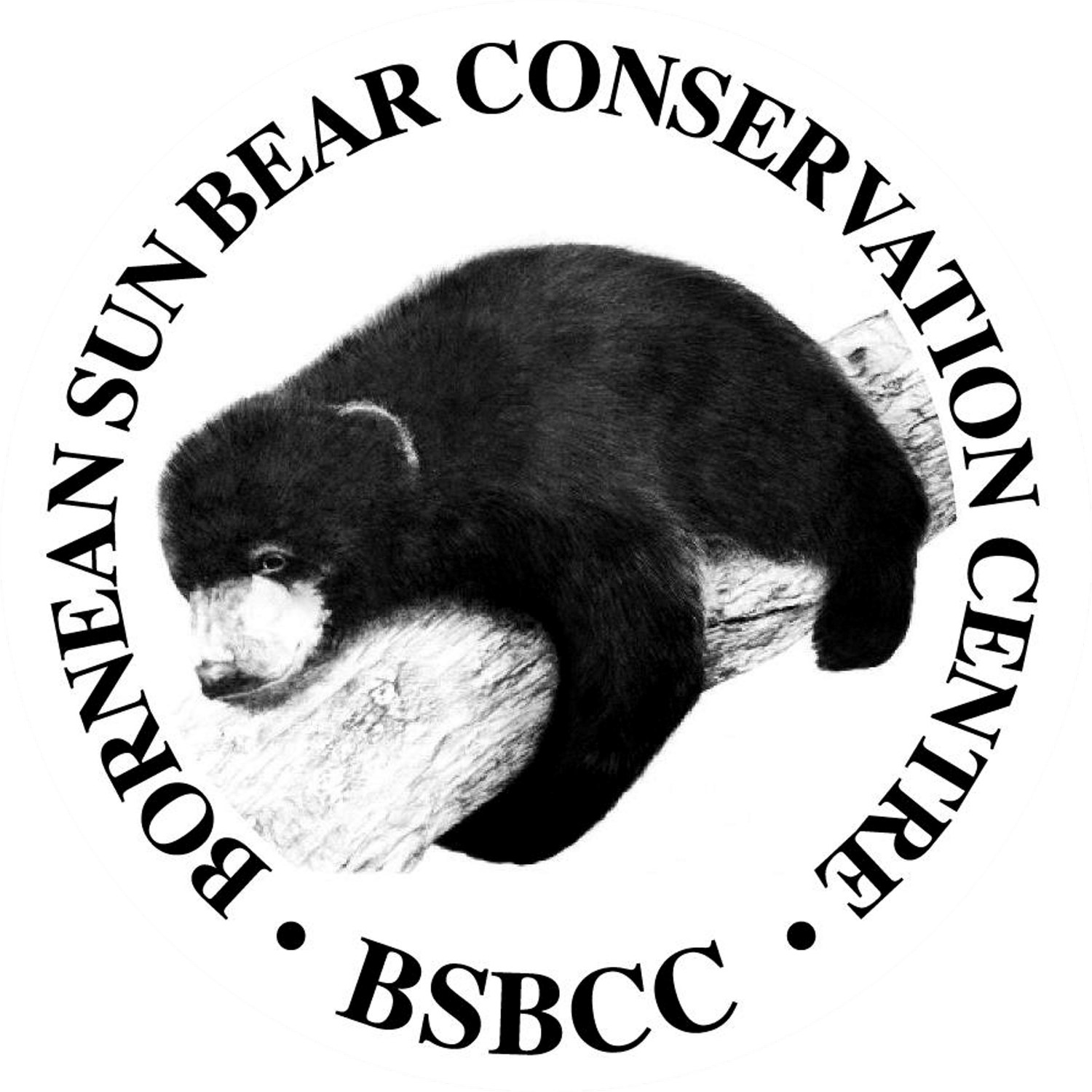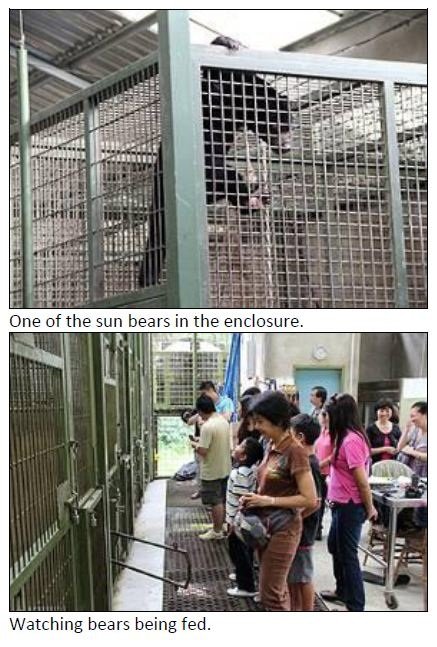The Sabah Society-Sandakan Fellowship visiting BSBCC
It all begins with an idea.
Photo and text by Dr. Arthur Chung
Despite the wet weather, some 25 people participated in the year-end gathering of the Sabah Society, Sandakan Branch at Sepilok. The event started off with the visit to the Bornean Sun Bear Conservation Centre (BSBCC). Its founder, Wong Siew Te and his assistant, Ng Wai Pak briefed us on the rehabilitation programme of BSBCC. The centre was established jointly with the support of the Sabah Forestry Department, Sabah Wildlife Department and LEAP (Land Empowerment Animals People). Currently, there are 23 sun bears undergoing the rehabilitation programme. Many were brought to the centre due to human-bear conflict where some were kept illegally in captivity, in cramped cages with no access to outdoors and no hope for future. Sun Bear is the world’s smallest bear species and is found in Southeast Asia, feeding on insects, fruits and honey. According to Wong, not many people know about sun bear, hence it is important to raise awareness for this little known bear and its disappearing habitat. We also had the chance to see the feeding session of the bears. They were given rice and sugarcane, and they seemed to be enjoying themselves very much. We were told that they are fed four times a day.
A group photo of the participants.
Next, we proceeded to the Keruing Café at the Rainforest Discovery Centre (RDC), Sepilok for our feeding time – high tea. The café is located within the Sepilok forest, overseeing part of the canopy walkway and the forest itself. The singing orchestra of the cicadas and crickets evoked the rainforest atmosphere in our midst (more so after the rain). During high tea, a member suggested a cap to be passed around for freewill donation for the sun bear conservation programme and a generous contribution of more than RM400 was collected. While leisurely chit-chatting after a hearty high tea, we spotted a giant rusty-red Flying Squirrel gliding from one tree to another. Flying Squirrel is one of the iconic features of RDC. Visitors are often mesmerized with its spectacular gliding performance, mostly at dusk. Thrilled with the squirrel’s acrobatic show, and with our stomach stuffed, we ended our fellowship just before the rain was about to pour again. Anthea Phillipps worded her article on RDC in the Sunday Daily Express dated 18th December, 2011 in a similar expression, “Watching the Flying Squirrel in action was a wonderful way to end a wonderful day.”
Sun bear climbing liana at BSBCC
It all begins with an idea.
[kml_flashembed movie="http://www.youtube.com/v/BlQy8SHRGjo" width="425" height="350" wmode="transparent" /]
Sun bears in Borneo live in the lush tropical aseasonal rainforest.
With high solar radiation, high rainfall and constant warm temperature year round, this forest simply fills with life.
The forest forms multiple canopy layers, with the top layers measure average 50 m above the ground, and some "emergent" tree species reaching 70 m or more.
Under this condition, sun bears have evolved as an arboreal species to exploit the multiple strata in the forest.
Sun bears are superb climbers. They spend a lot of their time resting on big canopy branches, and sleeping in the tree nest that they made high on top of tree. They also forage on these multiple canopy layers, harvesting fruits, ants and other insects, and bee hives.
This is Cerah the female sun bear. She was rescued by Sabah Wildlife Department in 2007. Her life as a captive sun bear literary transform after the establishment of Bornean Sun Bear Conservation Centre (BSBCC) in 2008.
Here at BSBCC, she can have access to the forest enclosure. She can climb like a wild sun bear in her forest enclosure. She can eat termites and ants like a wild sun bear.
Bornean Sun Bear Conservation Centre aims to conserve sun bear through education, research, rehabilitation, and improve welfare for captive orphan sun bears. We need your help to achieve these goals.
Please visit http://sunbears.wildlifedirect.org to learn more. Please help us spread the words and spread the loves.
http://sunbears.wildlifedirect.org/
Bornean Sun Bear Conservation Centre
After exploring this liana (forest vines) for about 15 min, Cerah decided to climb higher. She literary disappeared in the three canopy about 30 m above the ground. But she did not stay long up high. Slowly she descended from the liana to the ground.
Enjoy the video.
How does it feel to be a caged sun bear?
It all begins with an idea.
Text and Photos by Siew Te Wong
Few weeks ago a group of 40 students and teachers from Karamunting Primary School (Sekolah Kebangsaan Karamunting), Sandakan, visited Bornean Sun Bear Conservation Centre and the Sepilok Orangutan Rehabilitation Centre. Wearing the typical white and dark blue school uniforms, the students have a great time visiting the two conservation centres and learned about sun bears and orangutans.
Our project manager Wai Pak gave them an induction about ecology and conservation of the sun bear at the pavilion.
The group then break up into two subgroups so that they were more easy to manage (:)).With a high curiosity and anticipation, the students marched to the bear house to meet the sun bears.
Wai Pak told them the organization and the background information of BSBCC.
I briefed the students on the ecology of sun bears and what them such a special and important animal in the forest ecosystem.
"Sun bear is not a pet! You cannot keep sun bear as pet!" Wai Pak told the students and shared the stories of our rescued sun bears. "Many sun bears that were kept as pets end up being locked up in small cages!"
One of the activities that we did that day was to "lock" few volunteer students in a tiny sun bear cage , pretending that they were pet sun bears. That particular cage was used by a private owner to keep his pet sun bear for years. We asked them, "How did it feel to be lock up in this tiny cage for 5 min?" "Imagine some sun bears were being caged in this tiny space for more than 10 years!" They all went silent..
This field trip for sure was very educational and informative to the students from Karamunting Primary School. They not only see some real sun bears for the first time in their life but also learn a lot about their plights and the conservation issues. We hope we could raise sufficient fund soon so that we could build the visitor centre and bring these students to experience a better learning environment.














